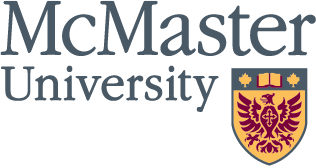November 14, 2001
posted on Nov. 14: 18 first-year McMaster scholars honoured
Read More
 Share
Share
SHARE WITH YOUR FRIENDS
Pick one or more destinations:
0
0
0
×
November 13, 2001
posted on Nov. 13: GIS Day 2001 features hands-on workshops, map gallery, poster competition
Read More
 Share
Share
SHARE WITH YOUR FRIENDS
Pick one or more destinations:
0
0
0
×
November 12, 2001
posted on Nov. 12: Redman lecturer explores challenges of Human Genome Project Nov. 12, 13
Read More
 Share
Share
SHARE WITH YOUR FRIENDS
Pick one or more destinations:
0
0
0
×
November 11, 2001
posted on Nov. 11: McMaster ranked most innovative
Read More
 Share
Share
SHARE WITH YOUR FRIENDS
Pick one or more destinations:
0
0
0
×
November 11, 2001
posted on Nov. 11: Marauders win second consecutive Yates Cup
Read More
 Share
Share
SHARE WITH YOUR FRIENDS
Pick one or more destinations:
0
0
0
×

